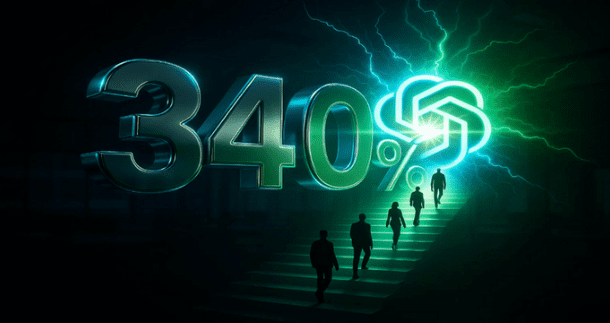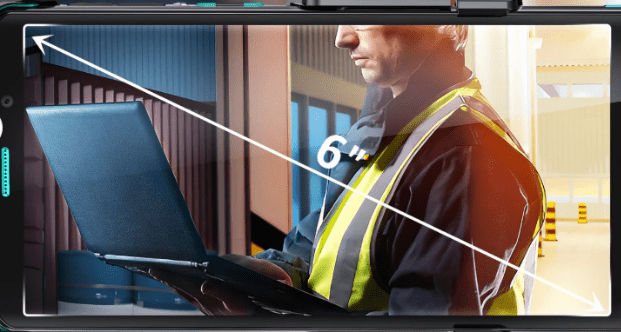Traditional training doesn’t fit the way people work anymore. Teams are stretched, attention is limited, and no one has time for lengthy courses that don’t land.
Microlearning offers a better approach. It’s short, focused learning designed to be used in the moment. Whether it’s onboarding new staff, supporting performance, or helping teams build skills over time, microlearning gives businesses a way to deliver useful content without pulling people away from the work.
What Microlearning Means
Microlearning is content that helps someone do or understand one thing. It’s usually digital. It might be a short video, a checklist, a diagram, or a short quiz. It can be hosted on a learning platform, shared by email, or accessed with a QR code.
It’s not a course broken into parts. Microlearning content stands on its own and focuses on a single outcome.
Four Ways Businesses Use Microlearning
Many companies use microlearning in different formats. These are the four most common:
1. Pre-Work
Short content shared before a training session. It could be a quick video or case study that helps people show up prepared.
2. Boosting
Also called reinforcement. These are follow-up pieces sent after training to help people remember what they learned. Done well, they take less than 30 seconds.
3. Standalone Learning
Microlearning content that works on its own. These can be grouped into a library that staff can access as needed.
4. Performance Support
Quick reference tools like job aids, short walkthroughs, or on-the-job checklists. These are designed for the moment of need.
Microlearning Formats That Work
You don’t need a big team to create microlearning. Useful formats include:
- Simple PDFs and guides
- Infographics
- Short explainer videos
- Audio tips
- Interactive checklists or quizzes
Choose the format that matches the task. The goal is to make it easy to use and easy to remember.
How Long Should Microlearning Be?
There’s no fixed rule, but research and real-world practice support these guidelines:
- Boosting: under 30 seconds
- Performance support: under 15 seconds if used in the flow of work; up to 5 minutes if work is paused
- Standalone learning: aim for 4 to 6 minutes, and keep it under 8 if possible
- Pre-work: 2 to 10 minutes, depending on the session
Shorter content is more likely to be completed and remembered, especially when it’s focused and relevant.
Real Business Examples
Here are a few ways companies are using microlearning right now:
- A retailer trains staff using a 5-minute interactive game on handling returns in the last five minutes before closing
- A call centre uses QR codes to deliver short audio job aids directly on the line
- A humanitarian organisation trains field workers on registration protocols using 2-minute modules
- A hotel brand builds engagement with short videos that turn compliance training into an office-style series
- A women’s leadership programme guides learners through creating their personal salary negotiation value statements
In some cases, rather than build every piece from scratch, organisations use off-the-shelf content as part of their delivery. Choosing the right elearning course library can save time and ensure the content is ready to use from day one.
These tools are practical, specific, and designed around real-world needs.
How to Make Microlearning Work
These five principles help ensure your microlearning content is useful and effective:
Be specific
Stick to one clear outcome per piece.
Keep it short
Give people only what they need to take action.
Make it engaging
Use real-life situations, clear language, and relevant examples.
Support performance
Design content that’s useful during work, not just after.
Focus on the learner
Think about how and when they’ll use it, and design accordingly.
Why Microlearning Works for Business
Microlearning fits the way people work today. It’s mobile-friendly, flexible, and easy to scale.
You don’t need to launch a full programme. You can start with one short item and build a library over time. But ideally, you’d have a microlearning strategy — something that helps you make decisions about format, timing, and purpose. Having a microlearning strategy in place gives teams a clearer way to plan, prioritise and deliver content that actually supports performance.
Is Microlearning Right for Your Team?
Microlearning helps businesses deliver focused, relevant content without slowing people down. It’s practical, efficient, and designed for real working conditions.
If your teams need support that fits into their day, not around it, microlearning is a good place to start.










